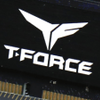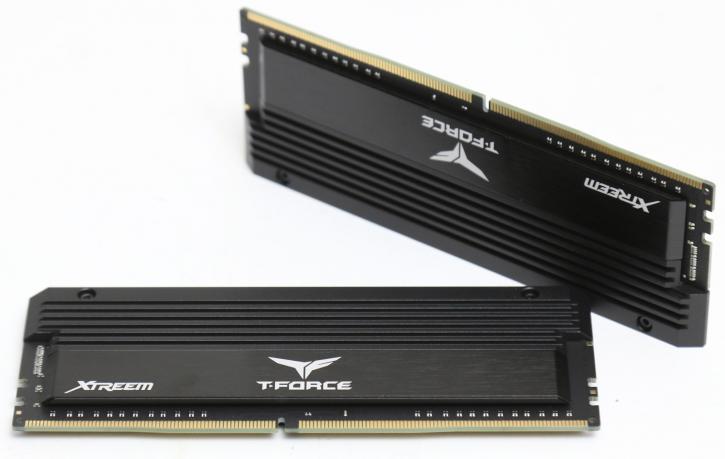Final Words & Conclusion
Final Words
Team group offers a really nice DDR4 memory series with the 4133 MHz kit as tested. However, there is a wide variety of frequency and timings for this memory available, 4500, 4300, 4133, 4000, 3866, 3733, 3600, 3466. Quite honestly, make a choice based on the price? E.g. that 3466 MHz kit would be fine in most and any situation for forth AMD and Intel platforms, and the money you save going from 3466 towards 4133 or even 4500 Mhz, would be ginormous. It is also a series that looks pleasing to the eye as well and that is an important factor, as a PC is not 'just a PC' anymore, we call them builds. DDR4 DIMM memory can be found for everybody, cheap, mid-range, uber overclockable -- but the fact remains that there is an enthusiast segment in the market that wants great performance with no hassle with that one variable, it must look great... something special. These DIMM modules are exactly that. They look nice in that all black design, and no RGB is perhaps a plus for some.
Frequency versus latency
The DIMMs we tested today are two high-density 8GB DIMM modules with Samsung B-Die ICs and, as such, it is good to see that this kit can easily run a 3900 MHz frequency on our platform (which really is pushing it on on out Z370-F Strix . Our kit does so with what is considered fast latency timings (CL18) and a 1.40 Voltage. Overclocking wise we can report little, as we maxed out our setup.
Conclusion
I've been shouting for years now that the tangible effect of high-frequency memory is negligible in most scenarios. You do pay an intense price premium for the high-frequency memory, and aside from very specific workloads or that last frame in FPS with CPU limited titles, well there it can make a difference (as little as it is really). When Team Group requested this review, my curiosity simply sparked, as I wanted to find out that if there was a big enough effect we can measure. And the answer simply is no. Sure with some CPU bound games, you can gain a few FPS, but the price difference is far better invested in a faster GPU or CPU. Remember 16 GB 3200 MHz you can now grab for 80 bucks, this memory priced a threefold of that. Also, you need to realize, as we found out the hard way, most motherboards will not support such fast frequency memory, only the top of the line ROG like boards will do that. Overall though seen from a hardware point of view, it is, of course, an excellent kit with some very fine Sammy-B's. On AMD Ryzen Series 1000/2000, frequency does matter and we've been able to boot into 3667 Mhz with this kit by merely enabling the XMP profile and lowering the memory frequency, and that is pretty golden stuff as we are maxing out the Ryzen memory controllers. For Intel platforms, the truth admittedly is a bit in the middle. You can gain a bit of performance with faster clocked low latency memory, but you do need to put logic into place and define what you need the DRAM for. For transcoding videos and movies, faster memory helps and shaves off transcoding time, for content creation multiple cores matter more and for gaming, the GPU is the all-decisive factor. For gaming, as we have shown today, memory does matter but only up to the point where your GPU will become the bottleneck, typically at 1080 or 1440P depending on your graphics cards. In CPU or GPU bound situations my advice thus stands, you are better off purchasing more memory opposed to high-frequency memory.
The Xtreem memory series is covered with a limited lifetime warranty. The DIMMs are fantastic, stable and have proven to be working on many brands and platforms perfectly. But your platform will need to be 100% compatible, and even at 4133 MHz would you ever notice a real difference over a 3200 Mhz kit at CL16? We doubt that a bit. So make the more logical choice, opting more memory over faster frequency one would be our advice. That or spending the money saved on a faster CPU or GPU. The current sweet spot frequency wise is 3200~3466 MHz on DDR4 for both Intel and AMD if you are building a nice Game PC.
- Sign up to receive a notification when we publish a new article
- Or go back to Guru3D's front page


